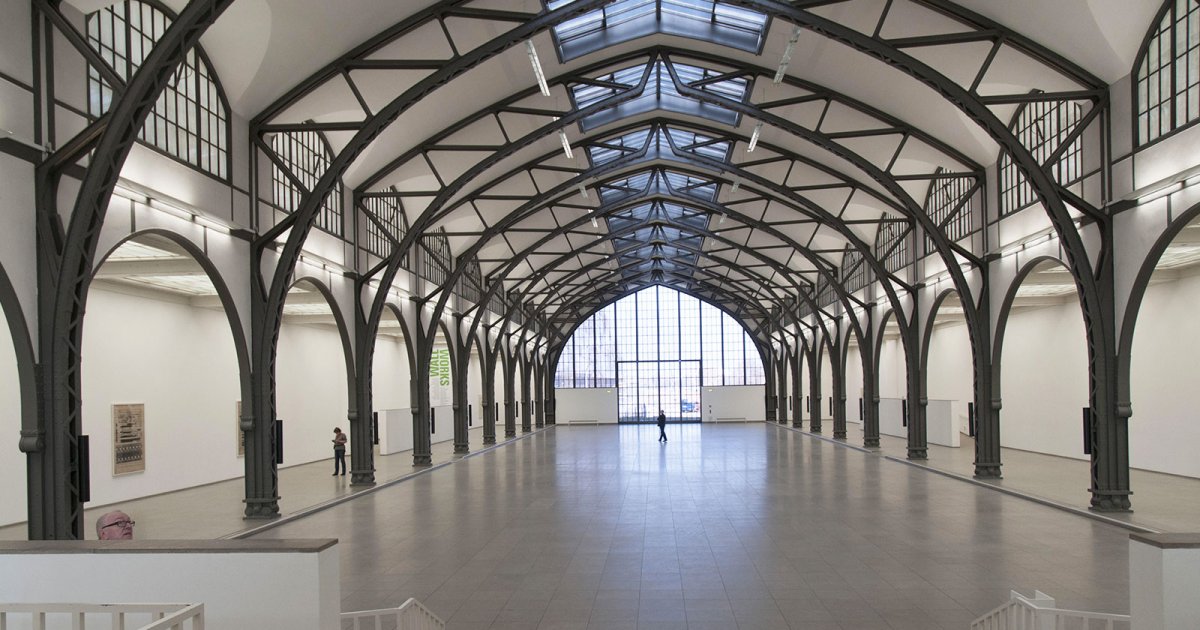HAMBURGER BANHOF, Hamburger Banhof
 Language: English / USA
Language: English / USA
Hi, my name’s Jill, and I’m your personal guide. Along with MyWoWo, I’d like to welcome you to one of the Wonders of the World: the Hamburger Bahnhof.
The Hamburger Bahnhof is the most prestigious showcase for contemporary art in Berlin.
The building facing you, now a museum, began life as a railway station. Built in the mid-19th century on a design by the architects Friedrich Neuhaus and Ferdinand Wilhelm Holz, it performed its original function for just 40 years, before it was replaced at the end of the century by the nearby Hauptbahnhof and turned into a museum dedicated to Transport and Construction. In order to fulfil its new function more effectively, the building was extended with the addition of the side wings.
The building suffered extensive damage during the Second World War, and slipped into oblivion during the Cold War since the abandoned station was located in West Berlin, while the railway line ran through East Berlin.
The restoration work carried out in the 1990s managed to preserve the building’s elegant exterior, while transforming the inside with the creation of the exhibition spaces you can see today.
The Hamburger Bahnhof houses the city’s largest collection of contemporary art, with works by the most famous artists from the second half of the 20th century. The pieces in this huge collection are displayed in rotation, accompanied by temporary exhibitions, ensuring no two visits to the gallery are ever the same.
The original core of the collection was formed when an art collector from Berlin, Erich Marx, made a donation to the State comprising some of the greatest masterworks of the mid-20th century. These included serial artworks such as those of Andy Warhol and Joseph Beuys, with over 450 drawings by Beuys and 60 sketches by Warhol.
Conceived as a showcase for the multimedia dimension of contemporary art, the collection also includes film, video, design and photography, with installations by Nam June Paik and experimental works by artists such as Sol Lewitt and Marcel Duchamp.
Let me leave you with an interesting fact: between 2008 and 2014, the tycoon Friedrich Flick donated 268 artworks to this museum, the largest private donation in Germany since 1861.



